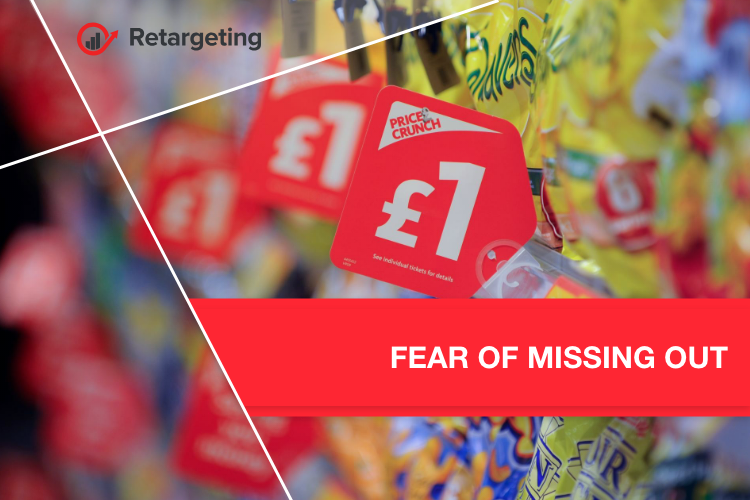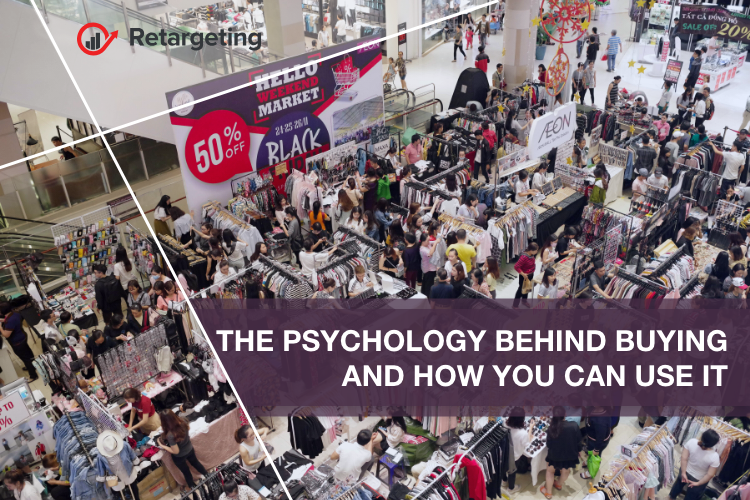People are buying and consuming more than ever before. Studies link impulse buying in general to the personality of the person, the pleasure of buying something new, and their connection with the brand.
As an entrepreneur with a product to offer, you want to reach as wide of an audience as possible. In order to achieve your goal of making it big, you have to understand buyers and how psychology can drive people towards making a purchase today.
Let’s take a look at the psychology behind buying in an attempt to learn why people make certain decisions. Also, let’s dive into how a business can make his business appealing to a wider audience through psychological marketing techniques.
The left-digit effect
One of the most common marketing tactics that we have all seen before has a name, the left-digit effect. The last time you went to the store and purchased something because it was only 19 dollars and 99 cents and not 20 dollars, you experienced the left-digit effect.
Humans have an odd habit of focusing on the left digits of the price. People do this so often that marketers found a way to use it to their advantage.
When you price something at 19 dollars and 99 cents instead of 20 dollars, customers will be more likely to buy. The difference is literally a penny, yes. However, the brain rationalizes the purchase as being between 10-20 dollars instead of 20-30, which makes it appear more affordable.
The frequency illusion
Have you ever had a friend or relative recommend a brand or product, only for you to suddenly see it all over your town or the internet?
The ‘Frequency illusion’ affects around 1 in 1000 people, however stronger imagery and powerful words/phrases can increase the odds.
Here’s the interesting bit. It’s not that the word, phrase, or company just popped up. The truth is, they may have seen the brand multiple times but they brushed it off.
Social interaction with someone who had a good or bad experience with the product makes the person who heard the story more likely to recognize the brand in their day to day lives.
The social reinforcement in combination with the ‘Frequency illusion’ makes it extremely likely that you can increase sales by putting your product out for customers to see via your social marketing efforts or ads.
Create a decoy
In marketing, it may seem odd to create a decoy product, but as it turns out, it’s very effective. The decoy effect occurs when a business owner wants a customer to purchase a larger or more expensive version of a product, so they throw in a third option to make the most expensive option seem like the logical choice.
You can apply this tactic to virtually any product. Obviously, the decoy product is still for sale. The goal is to get your customers to see the value in the more expensive version of your product and increase sales.

Fear of missing out
The fear of missing out (FOMO) is an extremely common trend that occurs when people see a special offer or value that they would like.
Think about the last time you went to a store and found something that was 25, 50 or 75 percent off. You likely jumped on the purchase because you wanted to get a good deal. Your customers feel the same way. They want a good deal, and your marketing strategy can help you bring in more customers through FOMO.
There are numerous ways you can target customers who have a fear of missing out. Some of the most common ways to draw in new customers are by offering ‘first-time shopper’ coupons. This will encourage customers to give your brand a chance, which will lead to lifelong customers.
You could also offer customers who sign up for your email list exclusive coupons. Special offers with your lead list are a dual function. It gives you a chance to target your audience through lead-building and increases your sales through customer curiosity and FOMO.

